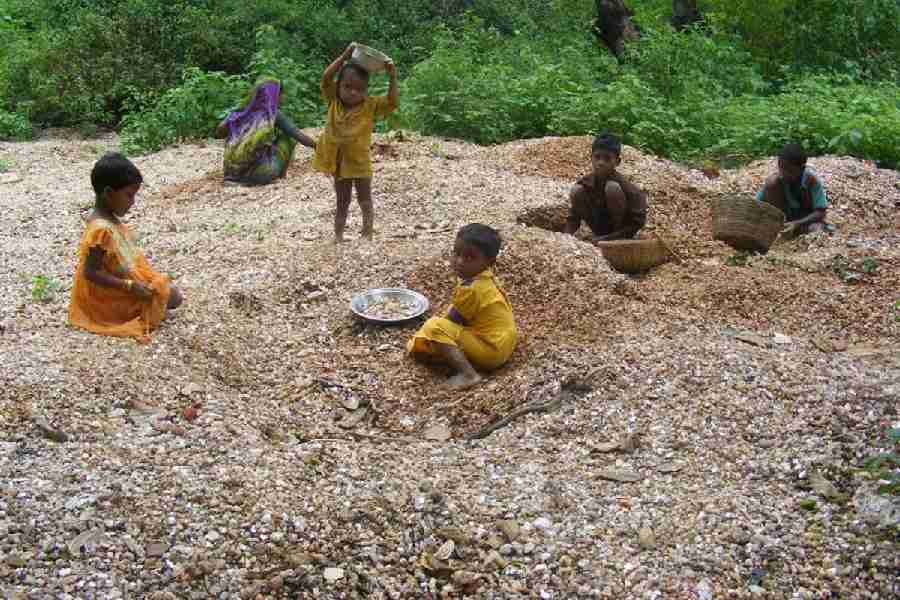The National Commission for Protection of Child Rights (NCPCR) on Friday claimed that illegal mica mines in Koderma district of Jharkhand are now ‘child labour-free’.
NCPCR chairperson Priyank Kanoongo, while addressing a function in Koderma, said: “Today as I declare that all children are free from exploitation in mica mines and are headed to schools, and not mines, I feel both overwhelmed and proud. What the joint efforts and will of the child labour-free mica programme, village panchayats, state government and district administration have achieved in these villages is a testament to how consistent efforts and single-minded aim can ensure safety and justice for children. This is the beginning of the end of child labour in mica mines and that has to be maintained now.”
The function also had the participation of noted child rights activist Bhuwan Ribhu, members of Bal panchayat (children council) and local panchayats.
Some of the parents also said that they had once toiled in these mines as children, but had resolved to never allow their children to ever work in mica mines (or elsewhere) and instead send them to school.
Hundreds of mica mines under the Koderma forest divisions were closed decades ago because of the Forest Conservation Act, 1980. However, because of exemption through the Bihar Mica Act, workers used to eke out a living by picking mica scraps. During the Raghubar Das (former chief minister between 2014 and 2019) regime, the administration clamped down on mica scrap lifting with announcements that patches would be auctioned. But no auction took place.
In 2004, a research done by the Bachpan Bachao Andolan (BBA) — a pan-India children’s rights movement started by Nobel laureate Kailash Satyarthi — found that over 5,000 children were involved in mica mining and collection. By 2019, the figure increased to more than 20,000.
“It was the collaborative effort between children, communities, civil society organisations and government that led to the creation of ‘Child Labour-Free Mica’. Every single child who was out of school was identified, withdrawn from labour, enrolled and retained in schools,” said a spokesperson of the BBA.
Bhuwan Ribhu, who started the research, identifying child labourers in 2004, said: The identification of 22,000 children in mica mining and collection and their subsequent withdrawal from work and enrolment in schools is a landmark achievement of the government and the civil society organisations involved in the work of child labour-free mica. This is an example to be replicated across the world in the unorganised sector for the complete elimination of child labour in global supply chains.”
“As part of the child labour-free mica’ programme, all the 684 mica-dependent villages are now free from child labour, while 20,584 children have been withdrawn from mica mining, 30,364 children have enrolled in schools so far,” added a spokesperson of the BBA.










